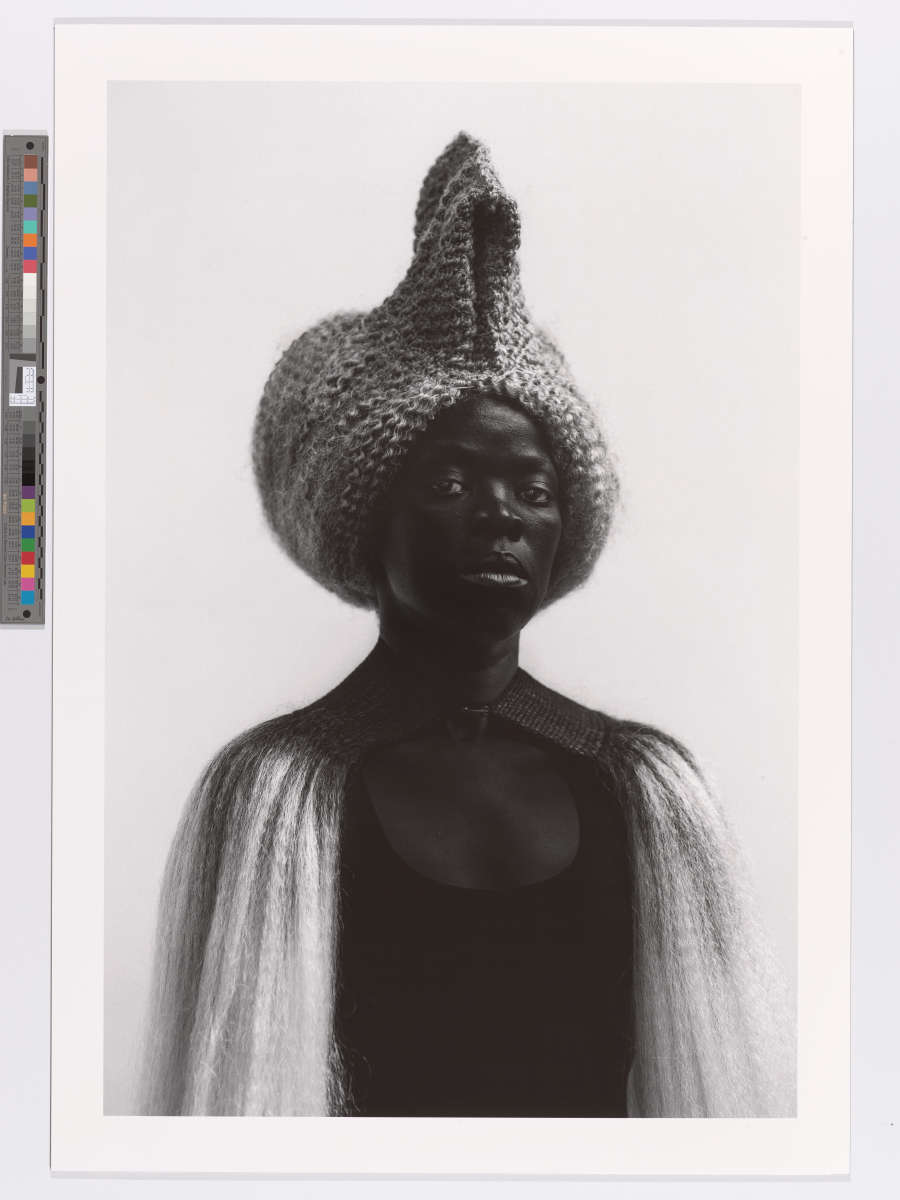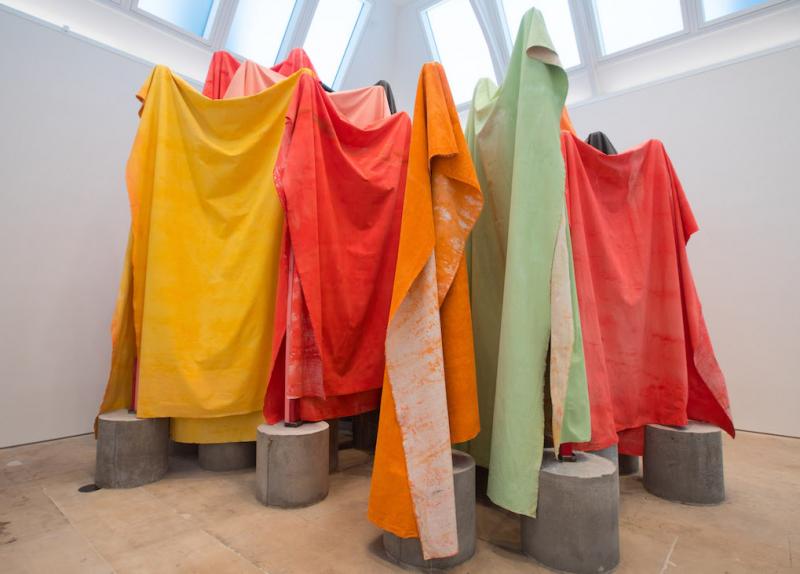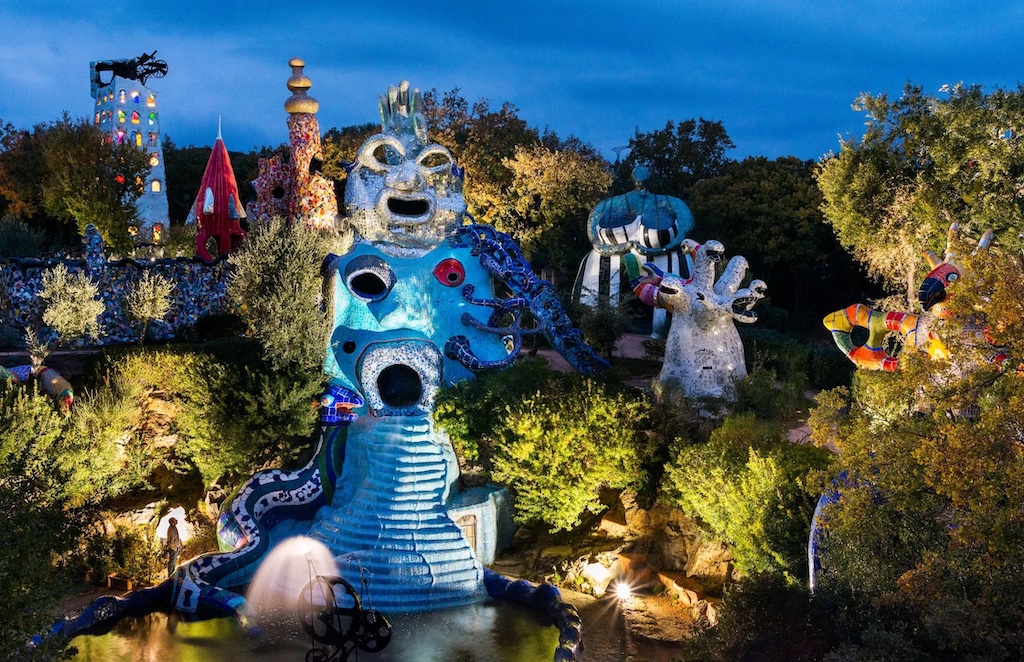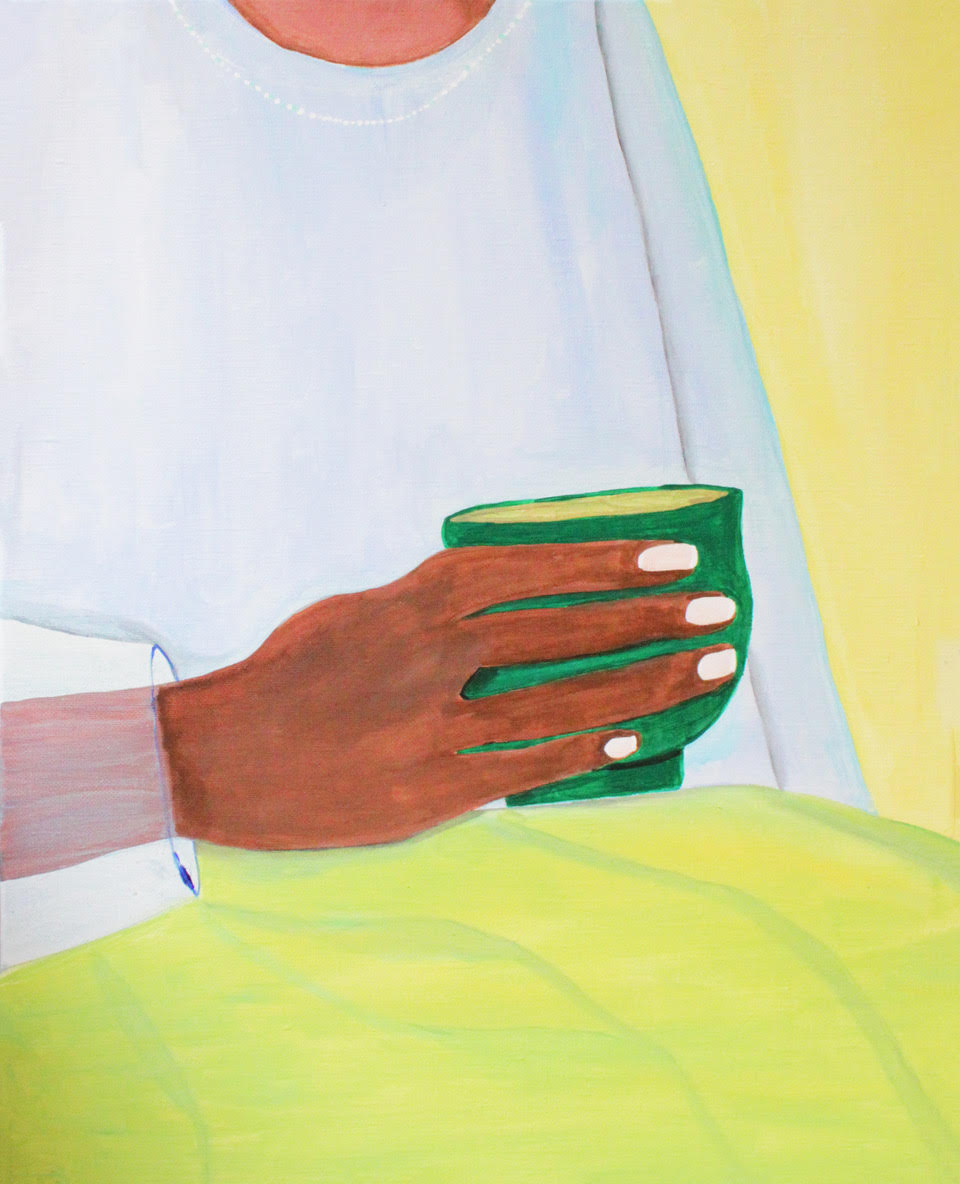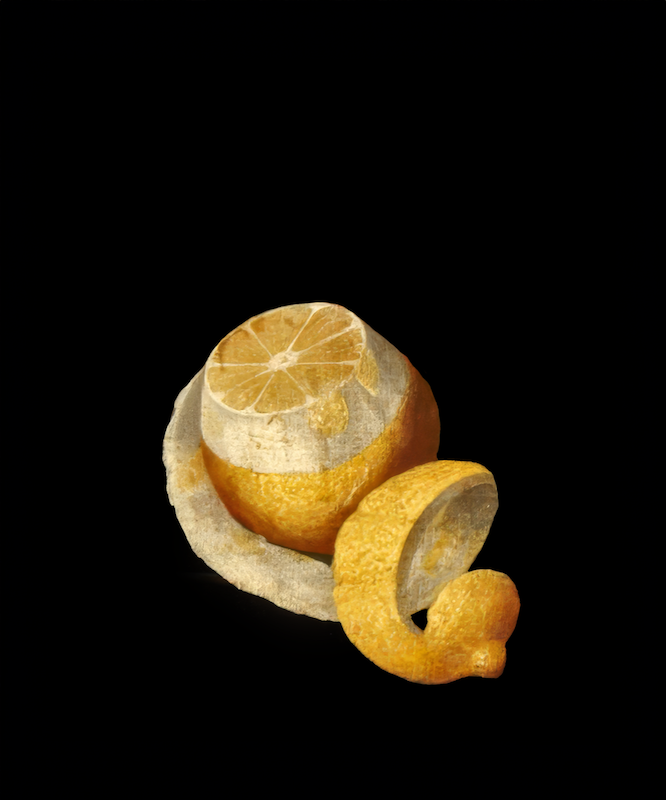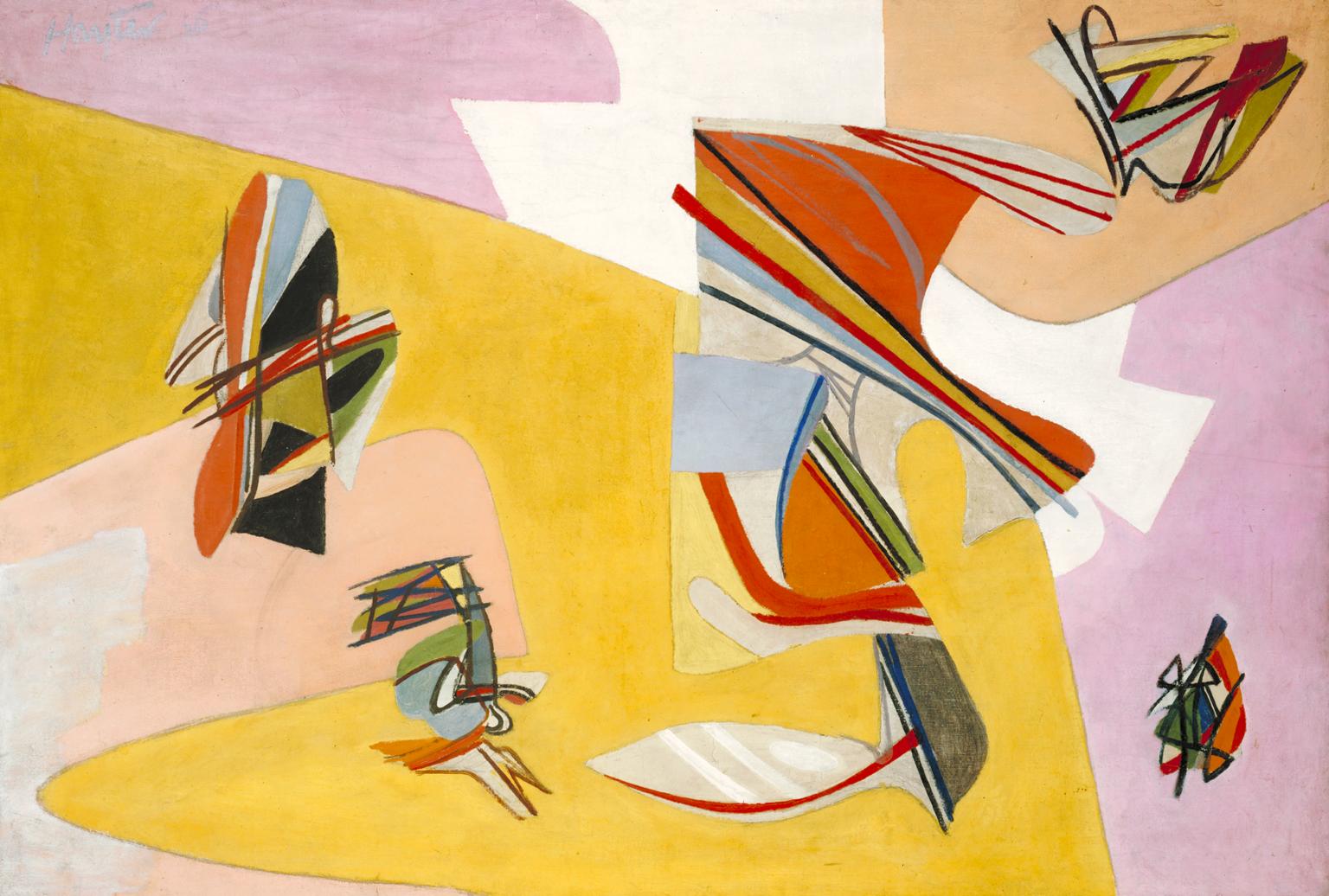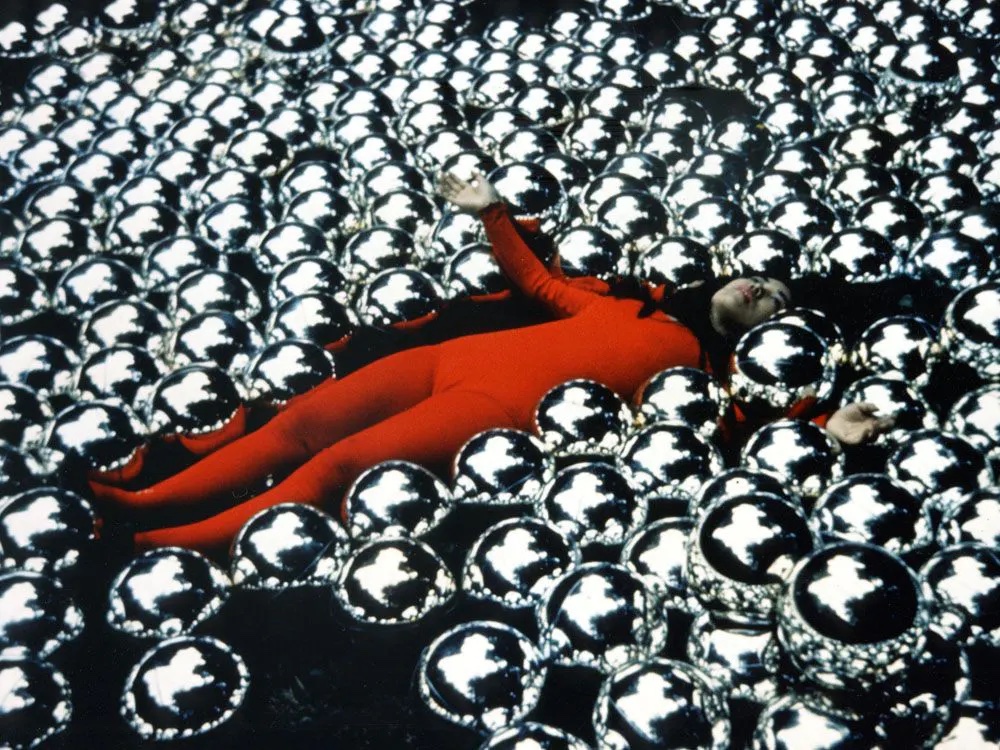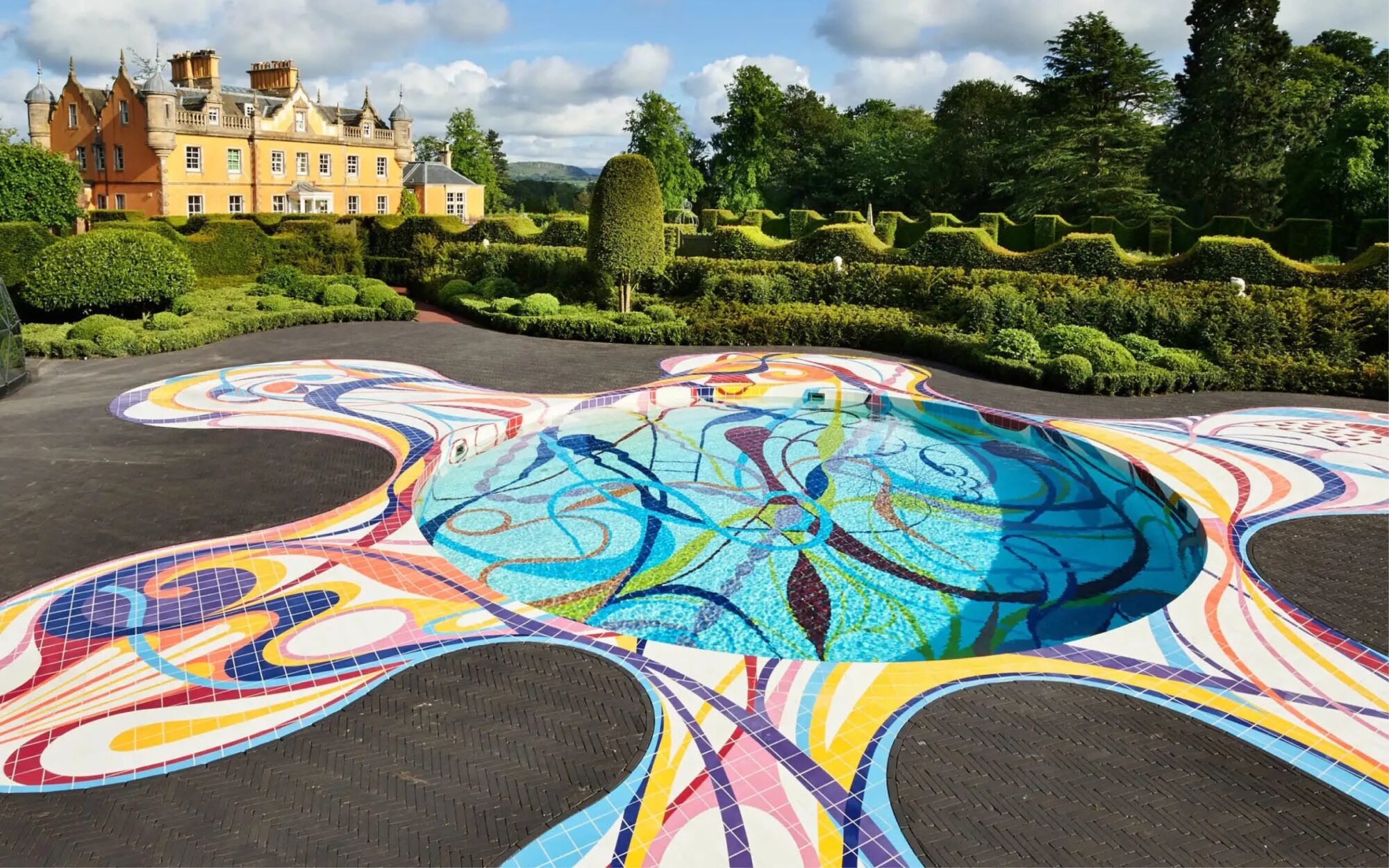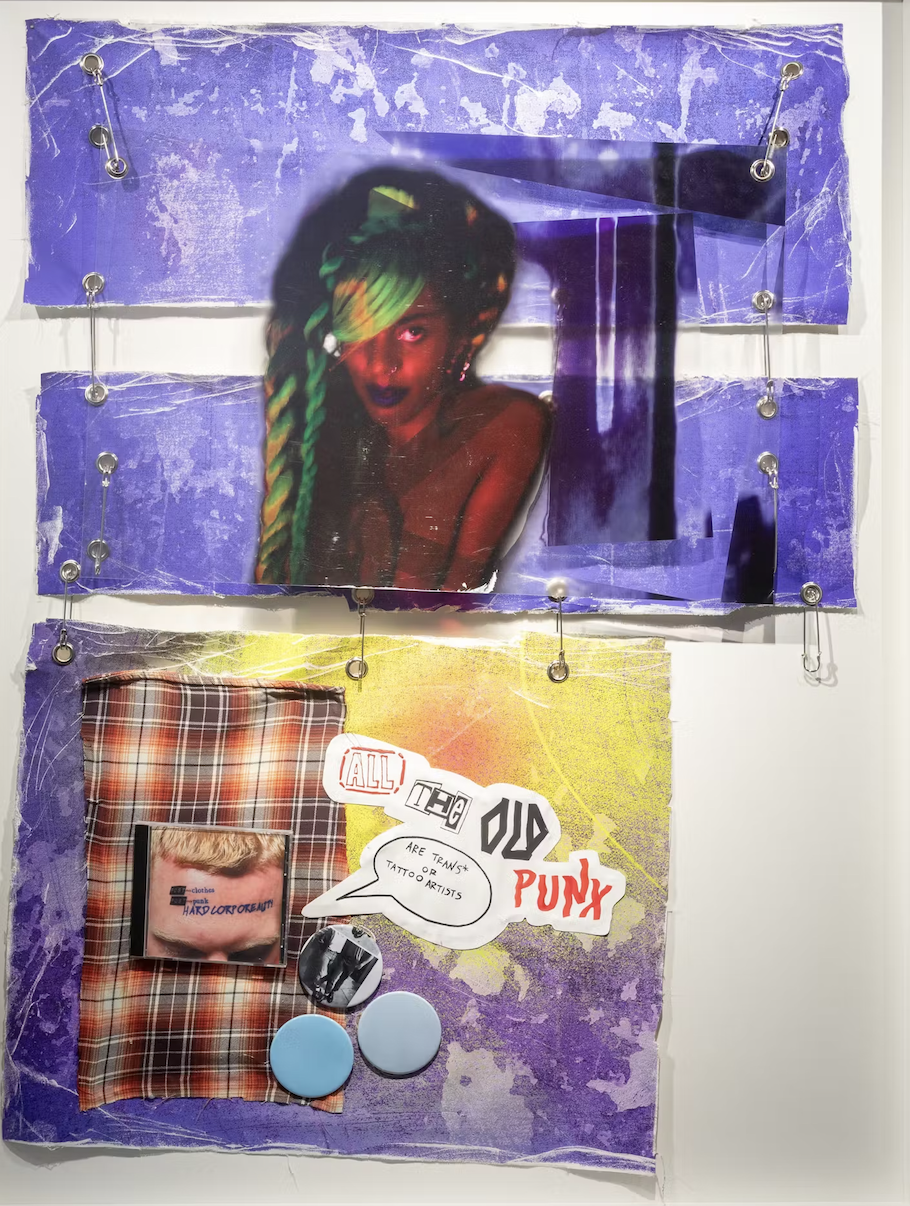
Dream All the Old Punx, 2018, by Juliana Huxtable
We continue to support and celebrate Pride Month at The Wick throughout June taking a look at iconic works of art that have shaped our understanding of queerness through groundbreaking art.
36-year-old, NYC-based artist Juliana Huxtable works in a diverse range of media – performance, music, writing, and nightlife project Shock Value all form part of an expansive, all-encompassing practice dealing in turn with the intersections of race, gender, queerness and cultural identity. Huxtable rose to international acclaim after a dazzling,Sci-fi series of self-portraits were included, alongside a sculpture of Huxtable by artist Frank Benson, in the 2015 Triennial at the New Museum, New York. Huxtable’s unmistakable, digital age language often places her body in history to consider socio-political threats to her body as a black trans woman.
Juliana Huxtable’s All the Old Punx (2018) explores activism and conspiracy theories: digging into histories, narratives and technologies that have been neglected or forgotten, the mixed media collage traces the origins of black trans style back to punk subculture. In punk, Huxtable finds a shared sensibility: a DIY aesthetic, rebellion, resistance and resilience, a willingness to break away from the established order. Huxtable’s work is a key critical voice, while continuing to crucially challenge contemporary perceptions of identity and politics.
All the Old Punx (2018) is currently showing as part of transfeminisms, Chapter II: Radical Imaginations at Mimosa House. Transfeminisms, which will evolve to a total of five chapters, is a major touring group exhibition exploring the urgent and immediate issues facing women, queer and trans people around the world today.
36-year-old, NYC-based artist Juliana Huxtable works in a diverse range of media – performance, music, writing, and nightlife project Shock Value all form part of an expansive, all-encompassing practice dealing in turn with the intersections of race, gender, queerness and cultural identity. Huxtable rose to international acclaim after a dazzling,Sci-fi series of self-portraits were included, alongside a sculpture of Huxtable by artist Frank Benson, in the 2015 Triennial at the New Museum, New York. Huxtable’s unmistakable, digital age language often places her body in history to consider socio-political threats to her body as a black trans woman.
Juliana Huxtable’s All the Old Punx (2018) explores activism and conspiracy theories: digging into histories, narratives and technologies that have been neglected or forgotten, the mixed media collage traces the origins of black trans style back to punk subculture. In punk, Huxtable finds a shared sensibility: a DIY aesthetic, rebellion, resistance and resilience, a willingness to break away from the established order. Huxtable’s work is a key critical voice, while continuing to crucially challenge contemporary perceptions of identity and politics.
All the Old Punx (2018) is currently showing as part of transfeminisms, Chapter II: Radical Imaginations at Mimosa House. Transfeminisms, which will evolve to a total of five chapters, is a major touring group exhibition exploring the urgent and immediate issues facing women, queer and trans people around the world today.
Share




